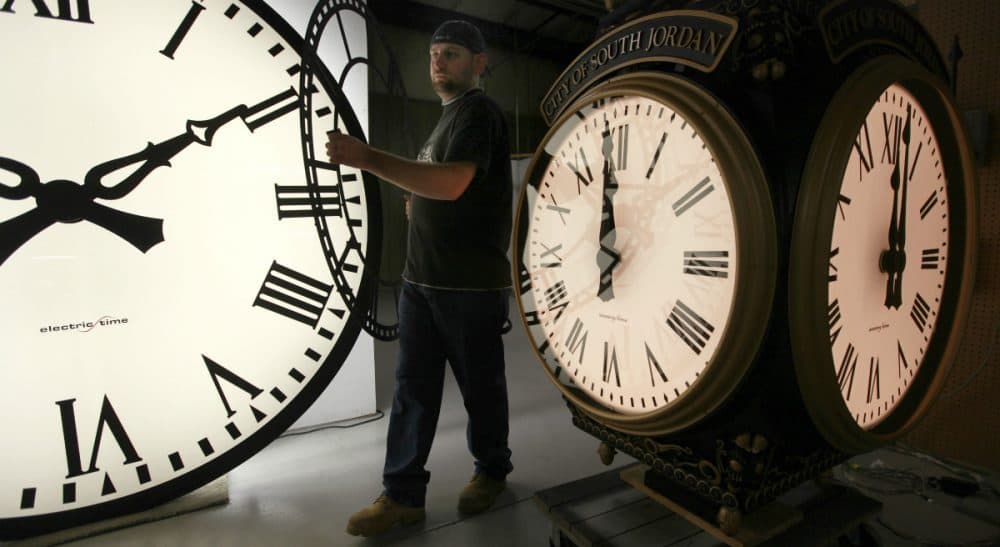
Daylight saving time is in the vicinity and most Americans will be turning their clocks forward by an hour on March 12. Read to know how people started using it and why it is useful.
The history of Daylight Saving Time
Daylight Saving Time (DST) is the practice of setting the clocks forward by one hour during the summer months. This helps in extending the amount of daylight in the evenings. Meaning, the sun appears to rise and set one hour later than it actually would according to standard time. DST was first proposed by Benjamin Franklin in 1784, but it wasn’t widely adopted until the 20th century. However, daylight saving time was introduced in the US in 1918 under the Standard Time Act signed by President Woodrow Wilson on March 19, 1918.
The measure helped in saving fuel costs during World War I. Hence, it was initially known as “wartime”. Later during World War II, DST was implemented throughout the year. Later, with the implementation of the Uniform Time Act of 1966, all states (except most of Arizona and Hawaii) observed DST. In 2005, congress amended the act to “starting on the second Sunday of March and ending on the first Sunday of November”.
Benefits of Daylight Saving Time
The purpose of daylight saving time is to make better use of the available light during the longer days of the summer. Additionally, it helps in saving energy by reducing the amount of artificial lighting needed in the evenings. As per a study by the US Department of Energy, it saves 0.5 percent annually. This equals almost 1.3 billion kilowatt-hours of electricity per year.
In addition to this, longer daylight leads to people participating in outdoor activities, such as sports, hiking, and gardening. Hence DST can have positive impacts on physical and mental health. It also leads to a lower number of traffic accidents and provides consistency. With more daylight in the evenings, people may be able to work without relying on artificial lighting.
